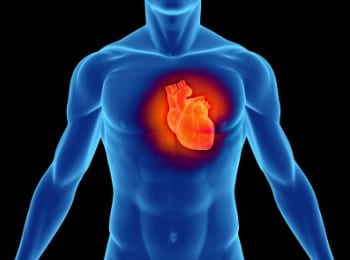A team of researchers found more than 60 genetic variants associated with resting heart rate, a known predictor of overall mortality.
Scientists from the University Medical Center Groningen in the Netherlands led the study, which was published in the journal Nature Genetics.
Many Variants
The researchers noted that while the effect of these genetic variants individually was small, taken together, they explained as much as 2.5 percent of the variance in resting heart rate. According to the study, a genetically predicted increase in heart rate is associated with shorter life expectancy.
“It is even more interesting to look at life expectancy,” said Ruben Eppinga, a study co-author. This study also suggested that an increase in heart rate of five beats per minute reduces life expectancy by 2.9 years in men and 2.6 years in women.”
According to cardiologist Pim van der Harst, who led the study, the findings offer evidence that there are shared genetic influences on resting heart rate and on all causes of mortality.
Data Contributions
In conducting the genome-wide association study for this research, the scientists used data from more than 134,000 people who participated in the UK Biobank. Then, they were able to replicate their findings by looking at four other data sets that included more than 130,000 individuals’ data, including 51,000 23andMe customers who consented to participate in research.
“This work highlights the unprecedented opportunity provided by large-scale projects such as UK Biobank, the 100,000 Genomes Project, and the Precision Medicine Initiative to discover novel genetic associations and to study links with outcomes and mortality,” the researchers said.
The researchers also found an association between a genetically higher resting heart rate and a person’s higher body mass index, blood pressure, and diabetes. The researchers suggest that genes or gene regions involved in cardiac development and structure may influence the association between resting heart rate and mortality. Still, more needs to be done to study the underlying biology.
Find the study in the journal Nature Genetics.